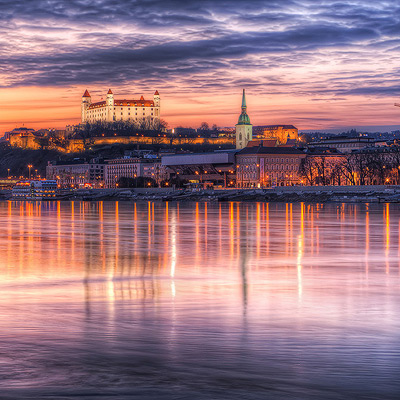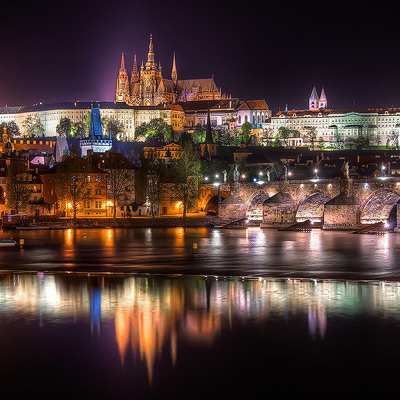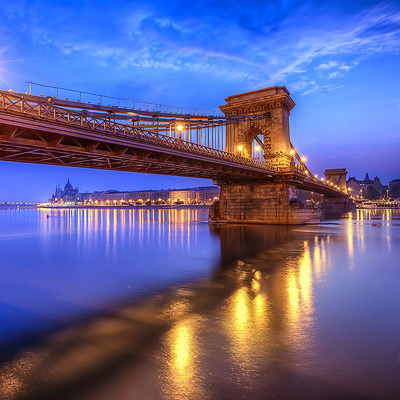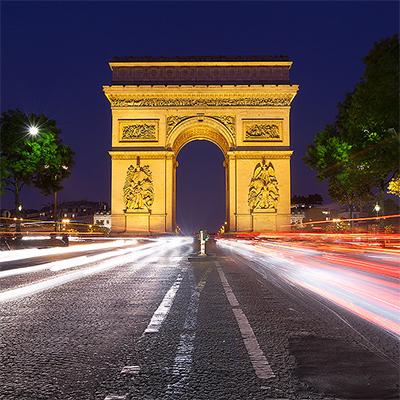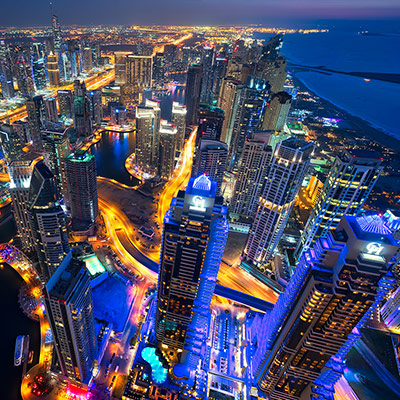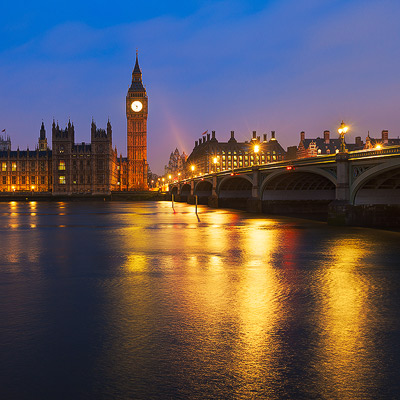And we came to another Monday, and as every Monday, let’s take a look at the process of another photo. For today I chosen a photo taken late night, of the Burj Al Arab, with the Burj Khalifa tower in the back. So let’s start.
First, here is a look at the final and the original image. The biggest difference is the addition of much more detail and contrast. That’s what was really missing in the original exposure.
I used 4 exposures for this photo which I merged in Oloneo Photoengine. Looking back at them, I would probably got the same result just by editing the -1EV and then just blending the others as I did here, but that does not really madder. The process is not so important, and most things can be done in more than one way anyway.
So here you can see the original 4 exposures, corrected in Lightroom (chromatic abberations and lens distortions) and the result from Oloneo Photoengine (medium strength, a little contrast and natural mode)
From there I loaded everything into Photoshop and did the following edits (layers numbered from bottom up)
1. Oloneo Photoengine result
2. -1EV to correct the very strong lights on the buildings
3. -2EV a little more correction to the very strong light on top of the Burj Al Arab
4. +1EV to correct the top even more, as it looked strange after darkening
5. Color Efex Pro contrast, to get much more local and overall contrast in the photo.
6. -2EV once more, as the Color Efex Pro contrast created few very bright areas in the buildings.
7. Color Efex Tonal contrast, applied to the buildings in the background, to get more details and contrast in them
8+9. Added more overall contrast using curves. I could have done that only using one curves layer, but what I like to do, is to use the presets that curves have, as that gives me more even result. And when one is not enough, I just duplicate the layer.

And that’s all I did with this image. To find out more on how I edit, check out the guides and before after categories on this blog, or check out my video tutorial series here:






